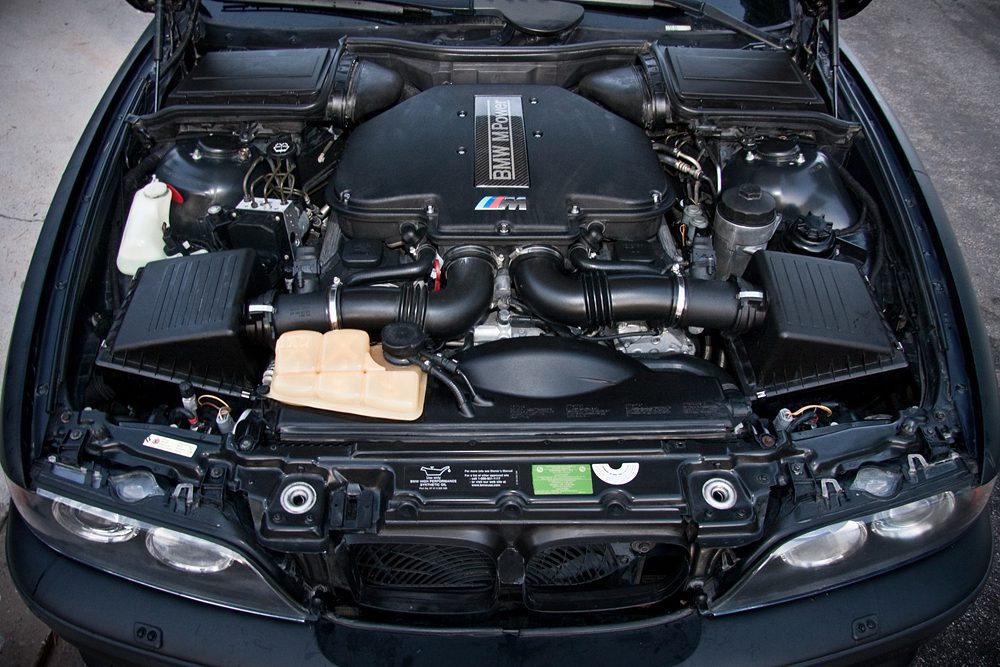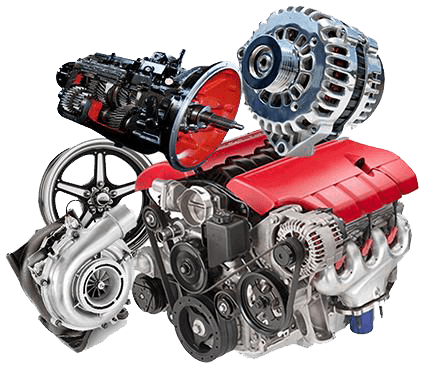Discovering the Inner Functions of a Compact Automobile's Engine System
As drivers, we commonly consider given the elaborate procedures that occur within the confines of our car's engine system. The compact yet complex machinery that moves us ahead is a marvel of design accuracy and coordination. From the controlled surges in the combustion chamber to the precise timing of gas shot, every part plays a critical role in the smooth procedure of the engine. In this exploration of a small vehicle's engine system, we will certainly decipher the inner workings of this mechanical harmony, clarifying the mysteries that drive us onward on our everyday journeys.
Combustion Process Overview
The burning procedure in a compact automobile's engine system is an important mechanism that effectively converts fuel into power to power the car. This process happens within the combustion chamber of the engine, where fuel and air mix, ignite, and generate controlled explosions. The burning process consists of four primary stages: consumption, power, exhaust, and compression.
Throughout the intake phase, the piston moves downward, attracting a combination of air and fuel into the combustion chamber. The next stage, compression, entails the piston relocating upward, compressing the air-fuel combination to raise its strength. Ultimately, in the power stage, the trigger plug stirs up the compressed mixture, resulting in a fast development of gases that requires the piston back down. This descending motion generates the power needed to drive the vehicle. In the exhaust stage, the burned gases are expelled from the burning chamber with the exhaust valve, preparing the chamber for the following cycle. This cyclic burning process is fundamental to the operation of a small automobile's engine system, making certain efficient power conversion for propulsion.
Piston and Cylinder Communication

The piston's accurate fit within the cylinder is important for keeping optimum compression and protecting against power loss during burning. Tight clearances between the piston and cyndrical tube wall surfaces ensure efficient securing, enabling the piston to move efficiently without enabling gases to leakage past. Appropriate lubrication is additionally important to lower friction and put on between these components, enhancing longevity and performance.
Moreover, the layout and products used in producing the piston and cyndrical tube impact engine effectiveness and longevity. Modern engines frequently utilize light-weight yet long lasting products like aluminum alloys for pistons and cyndrical tube liners to lower inertia and improve thermal efficiency. On the whole, the harmonious interaction between the piston and cyndrical tube is essential to the engine's capability and overall performance.
Fuel Injection System Functionality
Gas injection systems in small car engines play an essential duty in specifically providing fuel to the burning chamber for efficient and regulated ignition. The fuel shot system works by infusing gas right into the burning chamber at the optimum moment during the engine's operation (opel corsa engine). This specific timing ensures that the fuel mixes equally with the air for appropriate combustion, causing enhanced gas effectiveness and decreased exhausts
There are mostly two kinds of gas injection systems utilized in portable car engines: port gas injection (PFI) and direct gas injection (DFI) PFI systems infuse gas into the intake port prior to the intake shutoff, while DFI systems infuse fuel directly into the burning chamber. Both systems have their benefits, with DFI supplying far better fuel atomization and PFI offering click a much more cost-efficient solution.
Understanding Engine Air Conditioning Devices
Efficient procedure of a small car's engine relies heavily on the effectiveness of its cooling mechanisms. Engine air conditioning is review vital to prevent overheating, which can cause significant damage and decreased efficiency. The air conditioning system in a small automobile generally includes numerous components functioning with each other to manage the engine temperature. One vital part is the radiator, which makes use of coolant to soak up heat from the engine. As the hot coolant moves via the radiator, it releases warmth right into the air, cooling off before returning to the engine. The water pump flows the coolant with the engine and radiator, making sure a constant flow to manage temperature level. Additionally, the thermostat aids regulate the coolant flow to preserve optimum engine temperature. Some vehicles likewise have cooling fans that activate when extra cooling is needed, such as throughout rush hour or warm climate. Understanding these engine air conditioning devices is essential for preserving the efficiency and longevity of a portable automobile's engine system.

Exhaust System Parts Explained
The optimum i was reading this performance of a compact car's engine air conditioning devices relies on a corresponding system called the exhaust system, which makes up numerous crucial components for guaranteeing efficient exhausts and engine efficiency. The exhaust system includes elements such as the exhaust manifold, catalytic converter, muffler, and tailpipe. The exhaust manifold gathers exhaust gases from the engine's cyndrical tubes and routes them to the catalytic converter. The catalytic converter after that transforms hazardous pollutants in the exhaust right into much less harmful discharges before launching them with the muffler and tailpipe.
One vital part of the exhaust system is the oxygen sensor, which keeps an eye on the oxygen degrees in the exhaust gases to aid manage fuel consumption and make sure optimal engine efficiency. opel corsa engine. Additionally, the resonator may be existing in some exhaust systems to reduce noise levels. In general, the exhaust system plays an essential duty in preserving engine effectiveness, lowering damaging emissions, and guaranteeing a quieter driving experience for small car owners

Final Thought
Finally, the portable vehicle's engine system is a complicated mix of components that function together to assist in the combustion process, convert gas right into power, and get rid of waste gases. Recognizing the inner functions of the engine system, including the piston and cyndrical tube communication, fuel injection system, engine cooling devices, and exhaust system parts, is critical for keeping optimum efficiency and efficiency of the car.
The burning procedure in a small lorry's engine system is an essential system that efficiently converts fuel into energy to power the car.Gas shot systems in compact automobile engines play an important duty in exactly delivering gas to the combustion chamber for controlled and reliable ignition.There are largely 2 types of gas shot systems used in portable vehicle engines: port gas shot (PFI) and straight fuel shot (DFI) Comprehending these engine air conditioning devices is vital for keeping the performance and durability of a small lorry's engine system.
The ideal performance of a portable automobile's engine cooling systems depends on a corresponding system known as the exhaust system, which makes up different important components for making certain reliable emissions and engine performance.